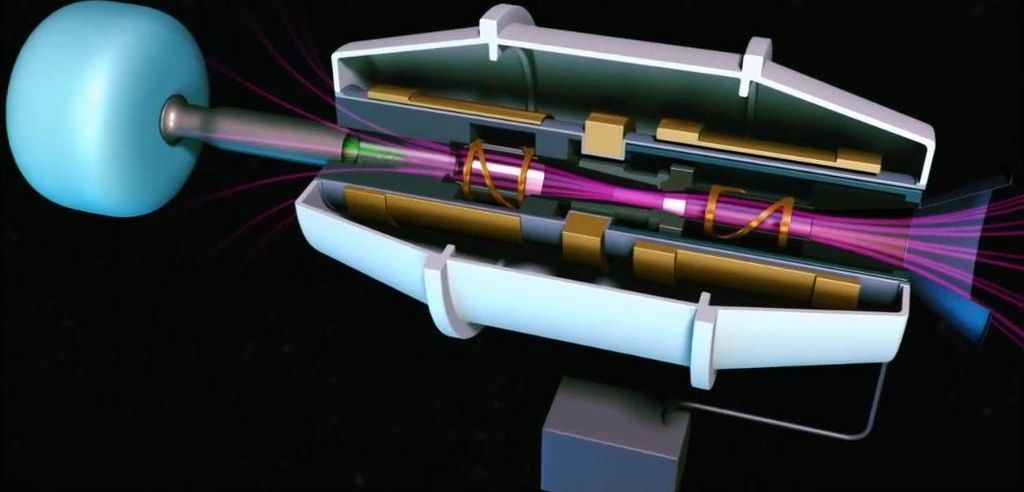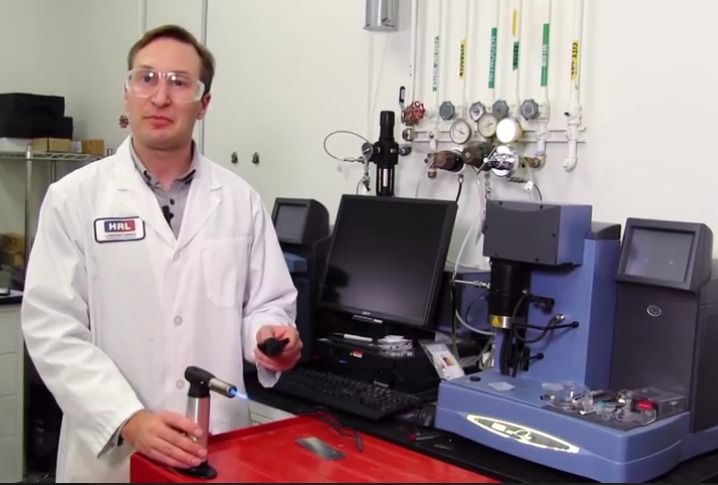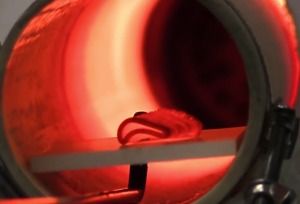Jan 6, 2016
Alien Life May Be Hiding in These Brilliant Star Clusters
Posted by Sean Brazell in category: alien life
We shall see. We shall see. wink
For three decades, humans have searched for signs of intelligent life beyond Earth, and yet we’ve only sampled a tiny drop of our vast cosmic ocean. If we’re ever to find a radio-hot, spacefaring civilization, we need to know where to point our telescopes.
But the answer may be simpler than we thought. According to a new study, there are roughly 150 brilliant patches of space that deserve our attention.
Continue reading “Alien Life May Be Hiding in These Brilliant Star Clusters” »


















